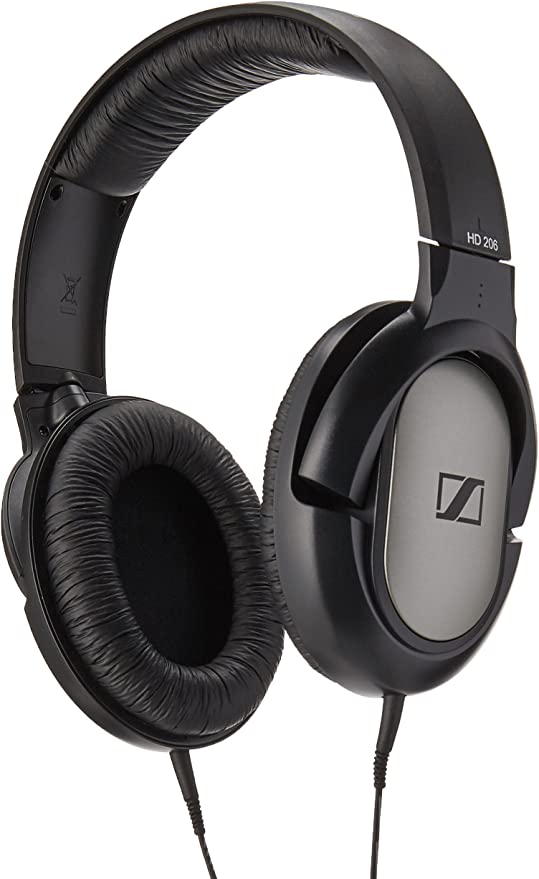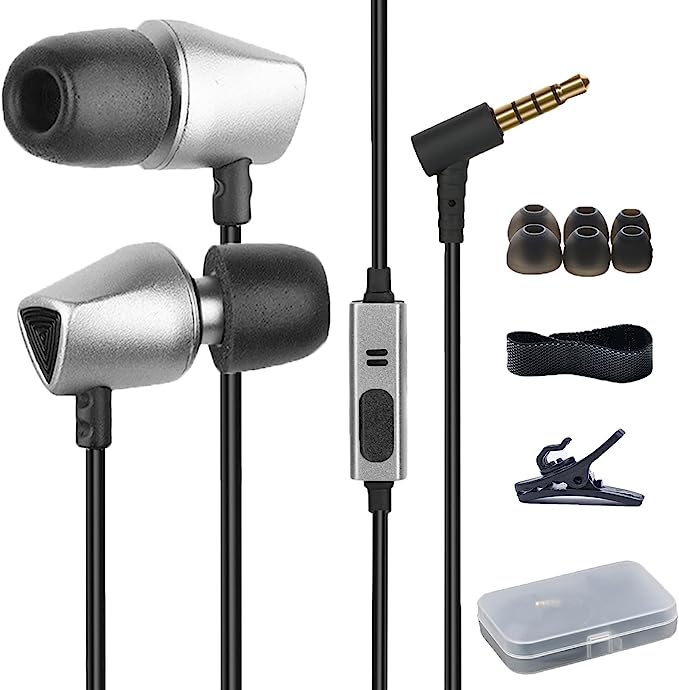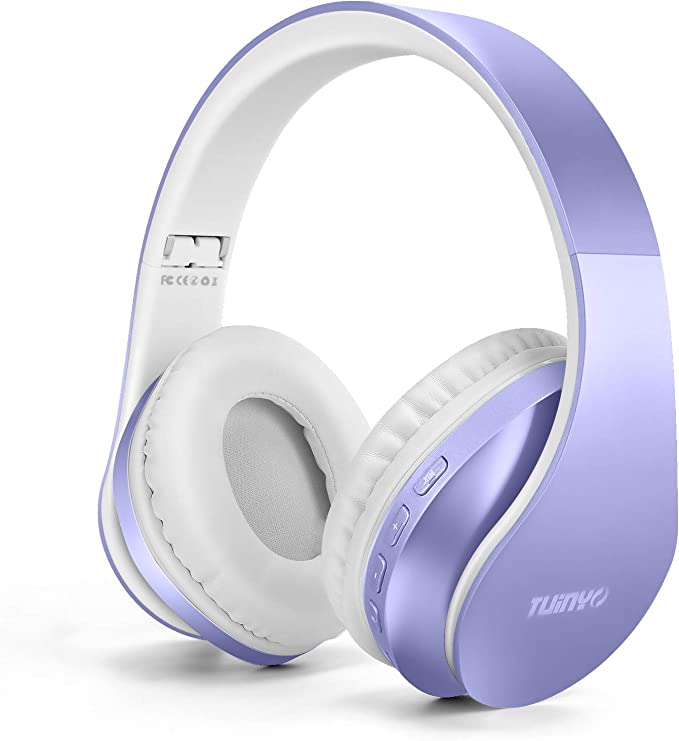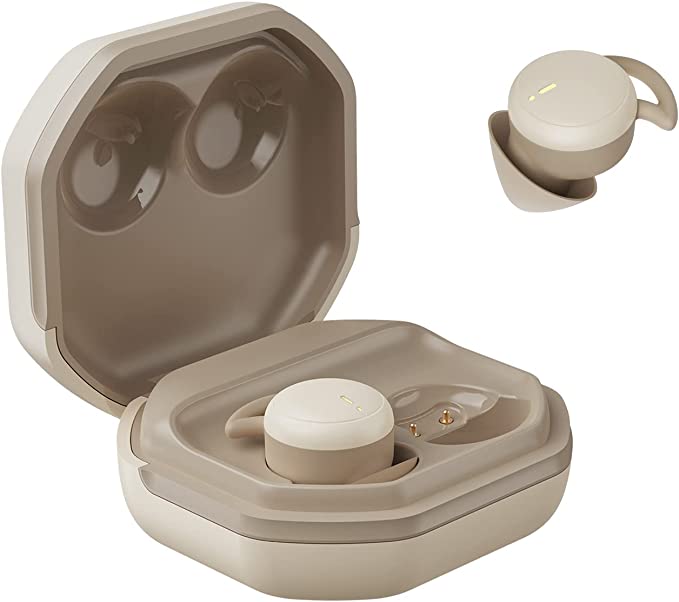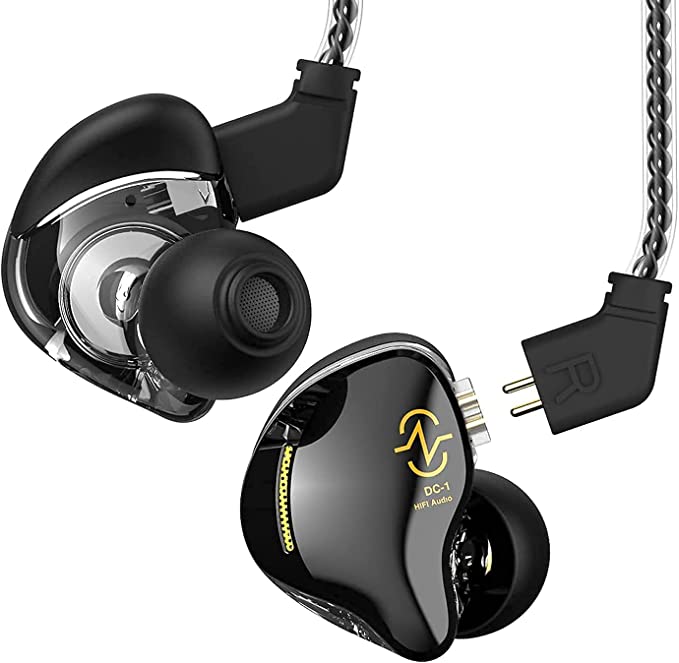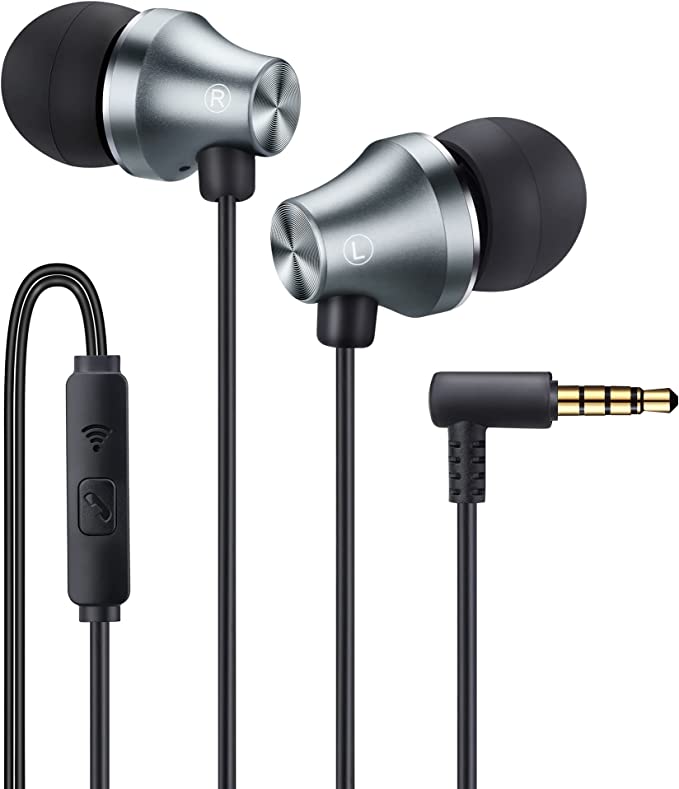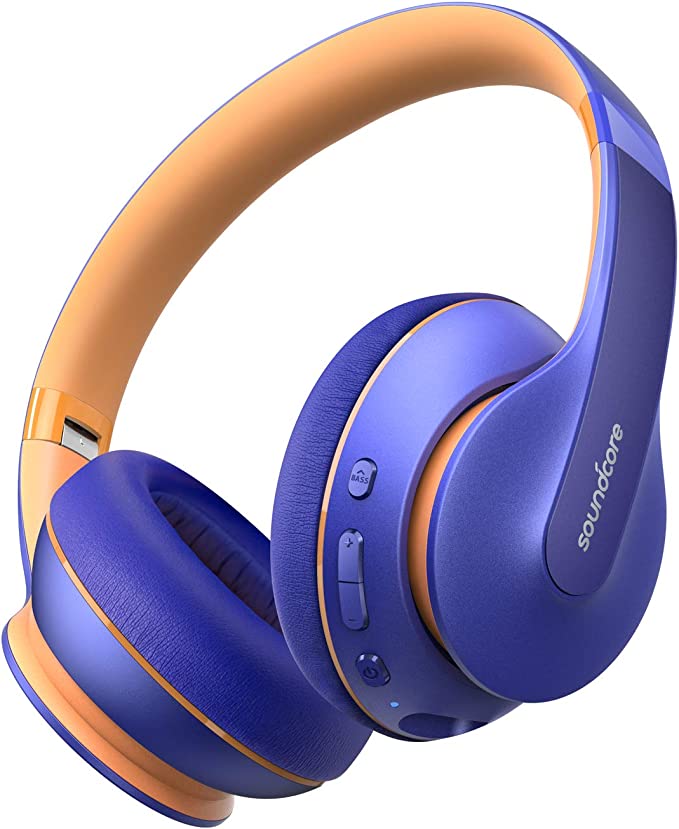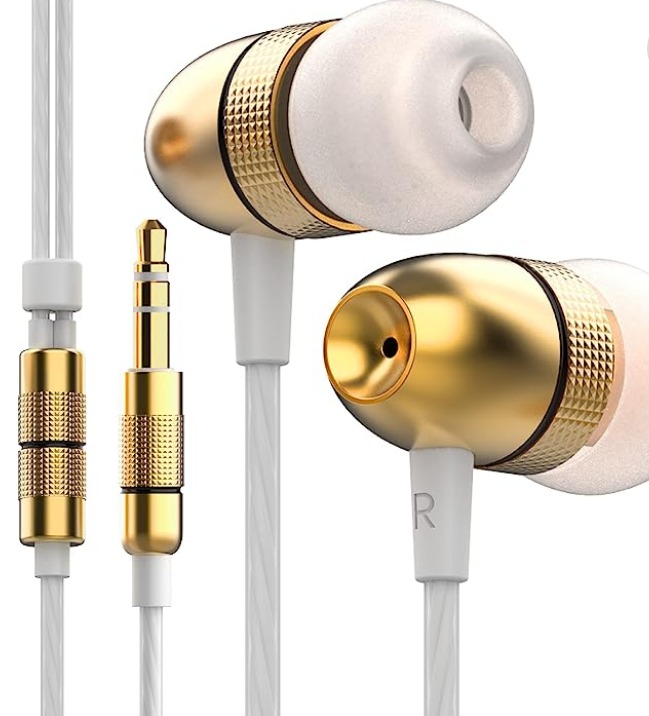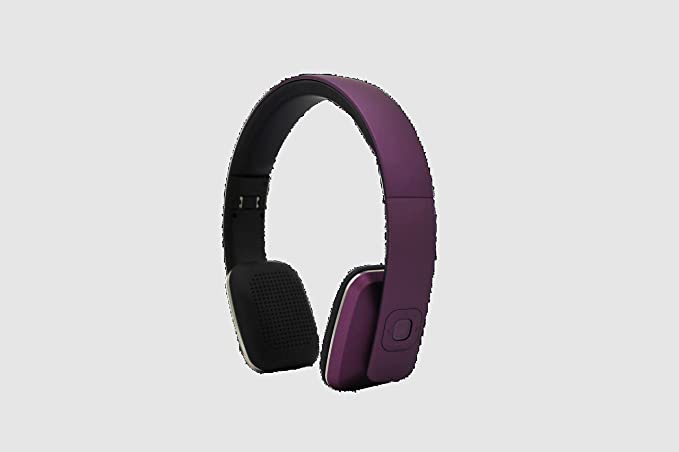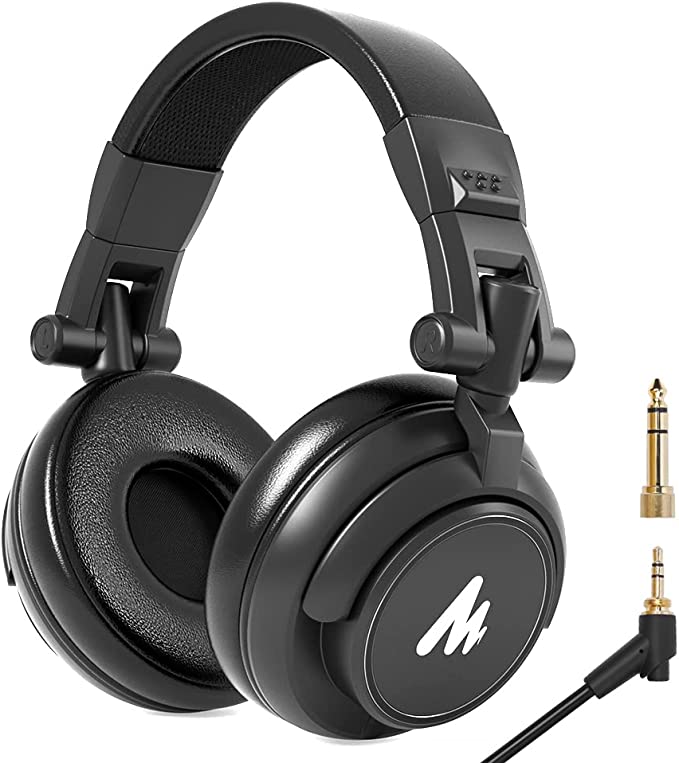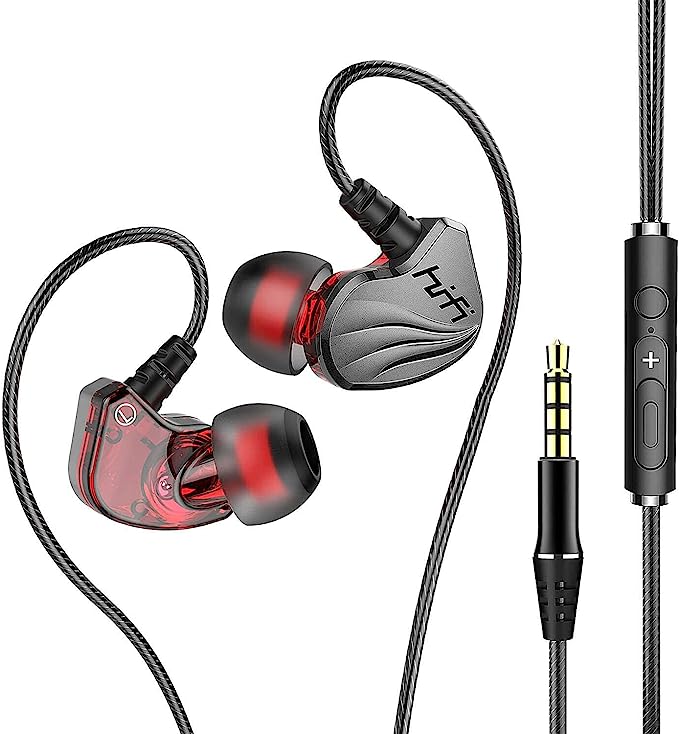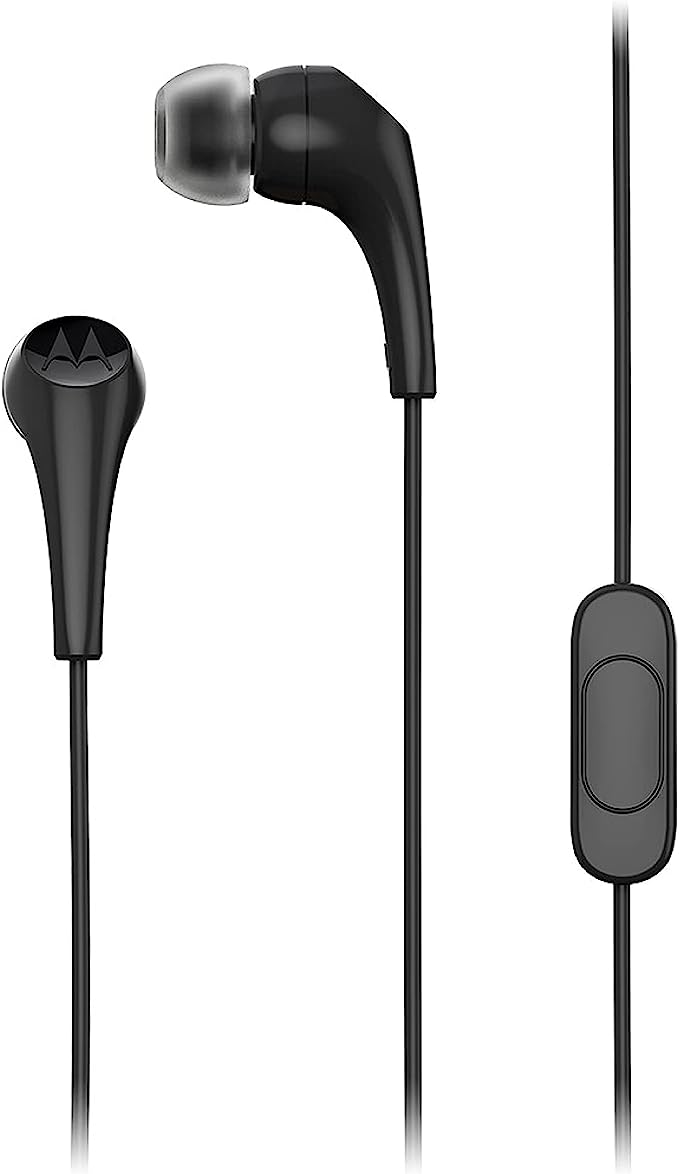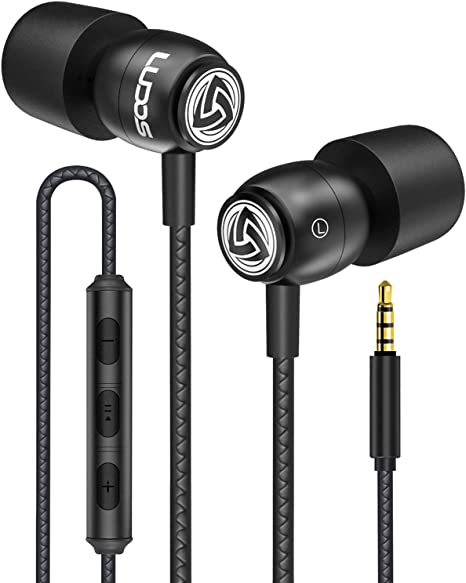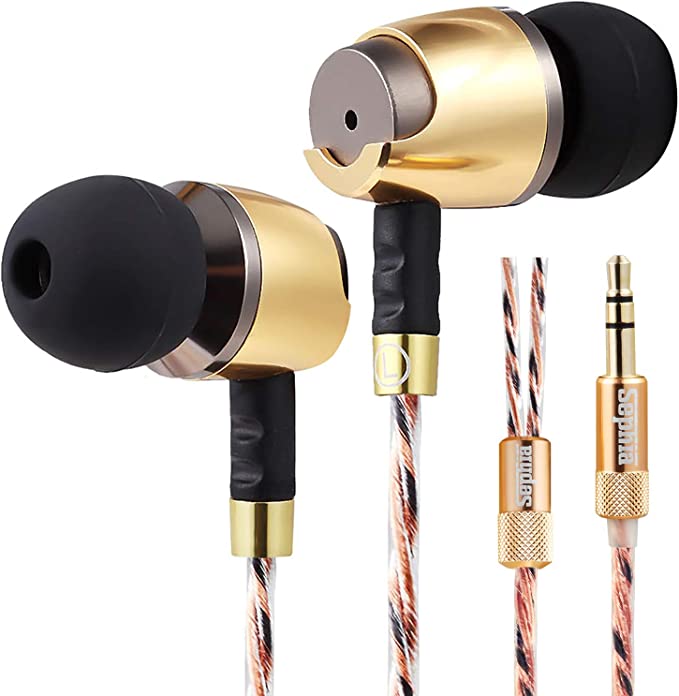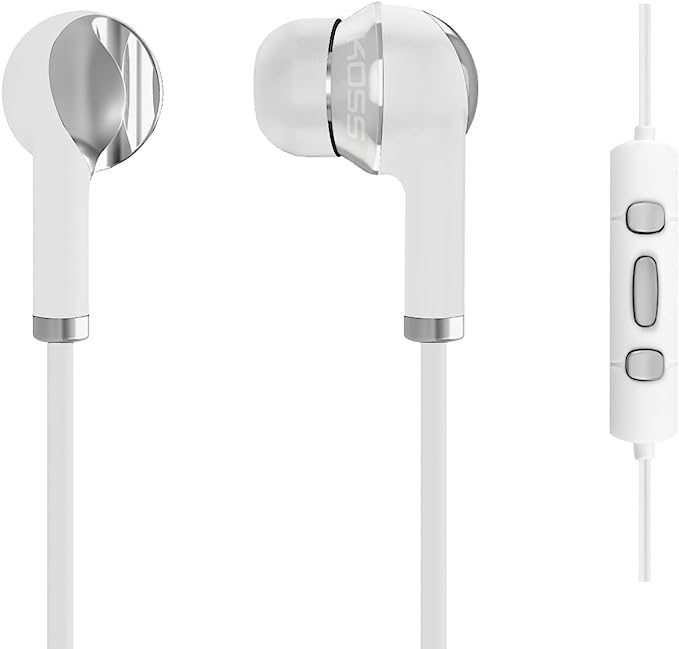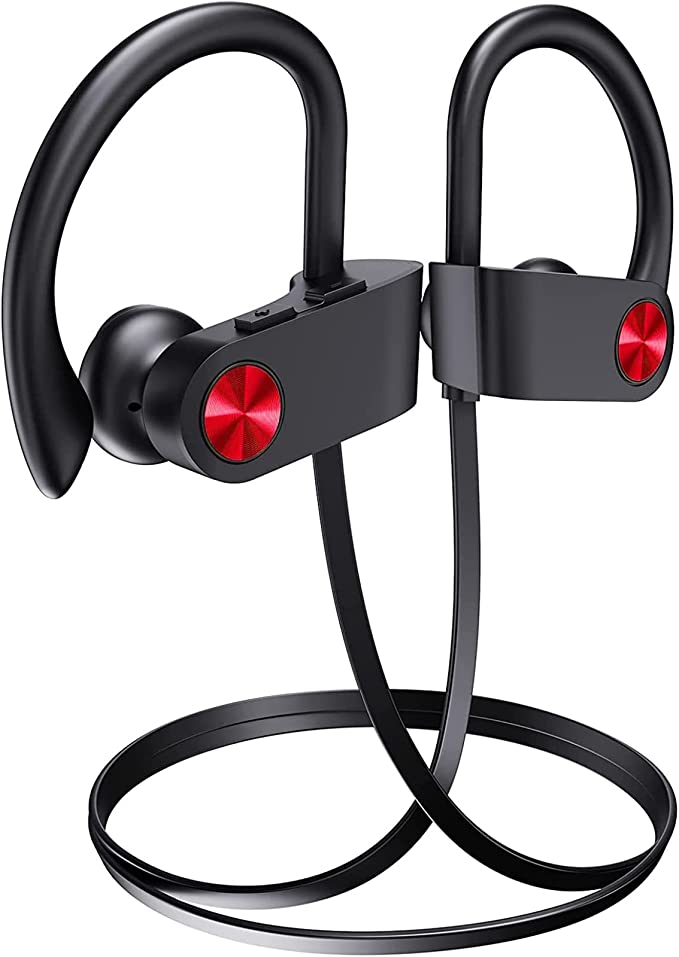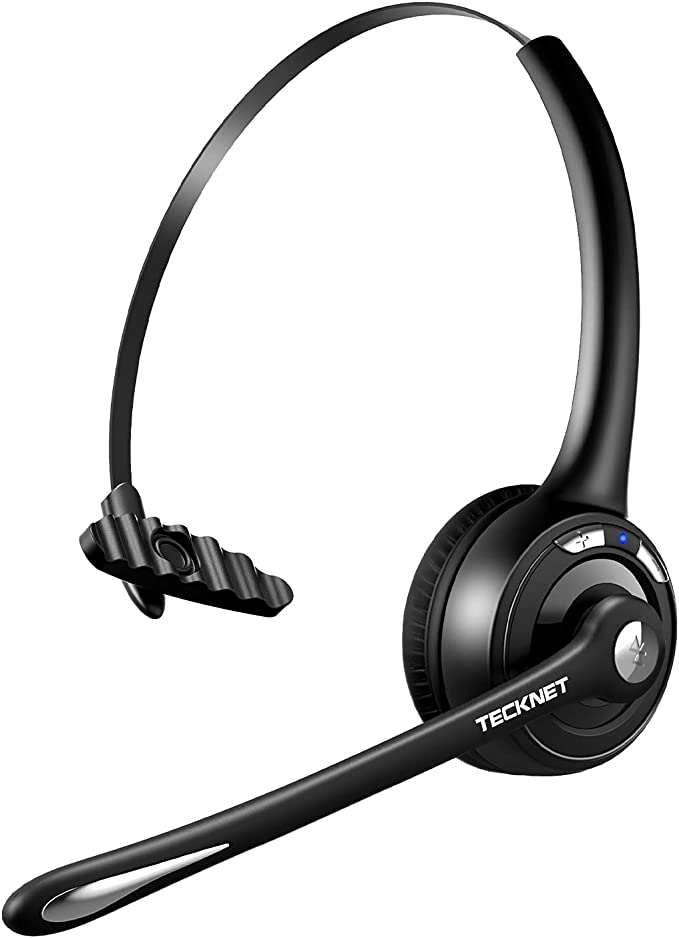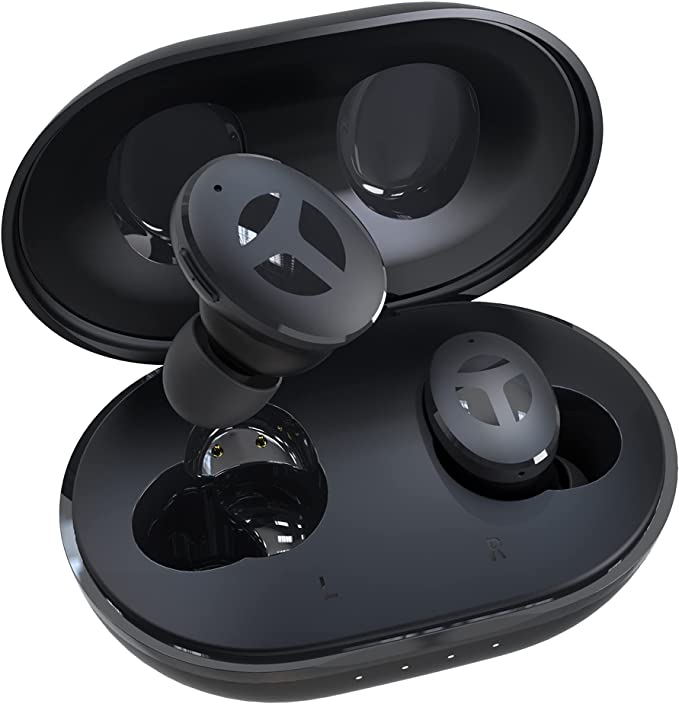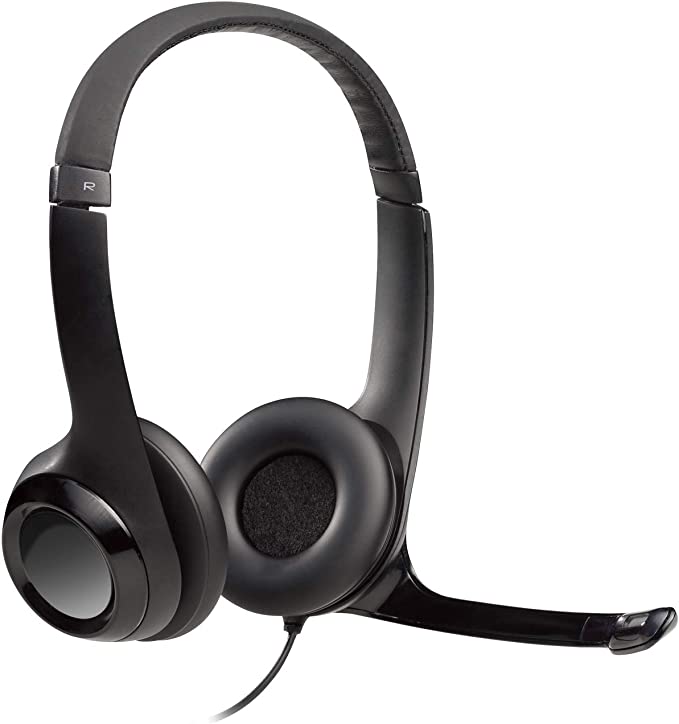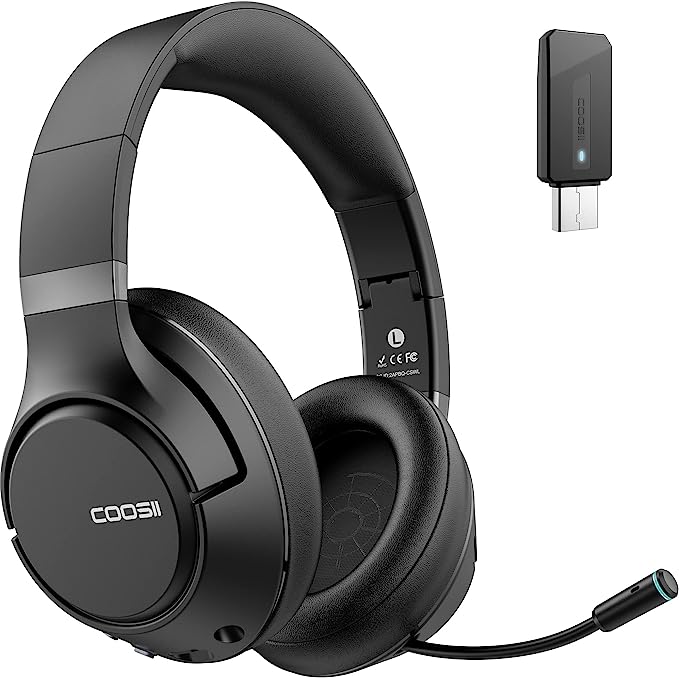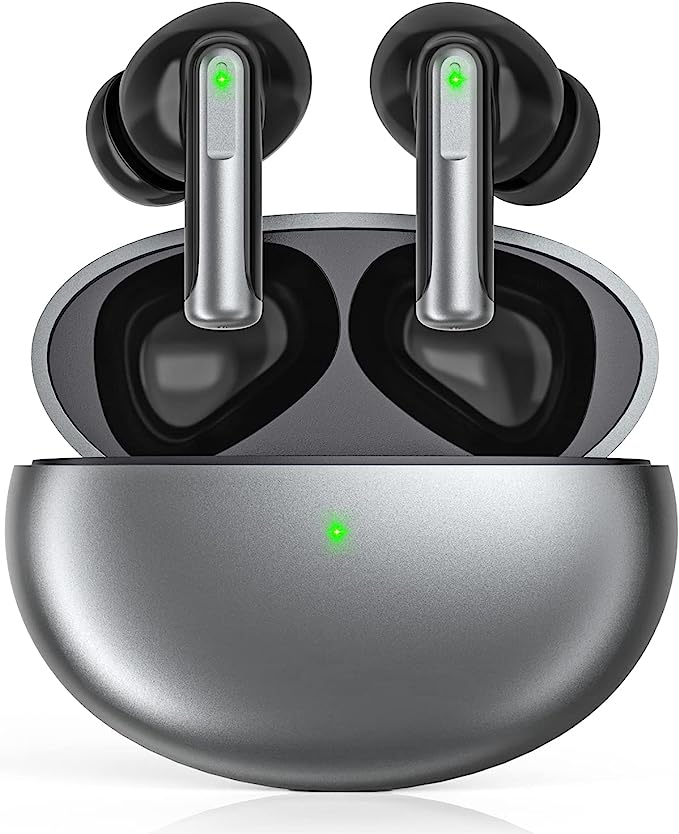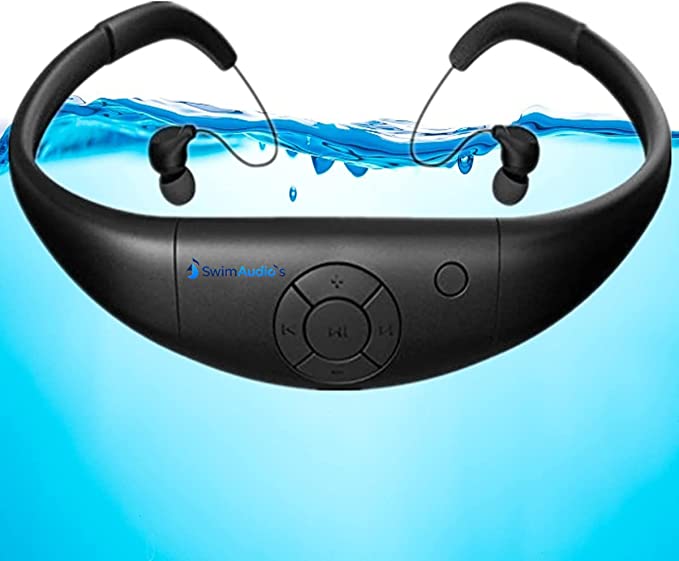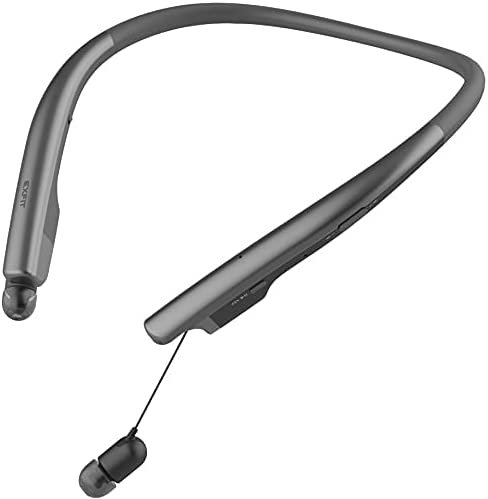Decoding the 1970s "Giant Killer": The Truth About the Koss Pro-4AA
Update on Nov. 14, 2025, 11:08 a.m.
In a disposable world, the Koss Pro-4AA is an engineering marvel. First introduced in 1970, this headphone is a 50-year-old “living fossil.” It’s heavy, built like a tank, and (as we’ll see) stubbornly difficult to power.
Yet, it remains an “Amazon’s Choice” with over 3,300 reviews and a 4.4-star rating. It’s a “giant killer,” praised by audiophiles for sounding “better than cans I’ve heard in the $500 - 750 range.”
This isn’t just nostalgia. It’s a case study in a “pro-audio” design philosophy that prioritizes durability and accuracy above all else. But to understand its genius, you must first ignore the confusing and contradictory specs on the product page.

The 250-Ohm Anomaly: Debunking the “16-Ohm” Myth
Let’s be perfectly clear: the product specifications are a mess. The “About this item” section claims “Impedance - 16 ohms.” The “Item details” section also claims “Impedance - 16 Ohm.”
This is incorrect.
The actual specification, buried in the “From the manufacturer” table, is 250 Ohms. The 835 user reviews confirm this. * “if you are powering with a cell phone or PC, move on as these WILL disappoint most. For those with a dedicated amp these are magic.” - Sealed Fate (5-star) * “collegarle ad uno smartphone sarebbe inutile” (connecting them to a smartphone would be useless). - Stefano (5-star, Italy) * “Bisogna pilotarla con un ampli dedicato, data l’alta impedenza” (It must be driven with a dedicated amp, given the high impedance). - GIANLUCA PIERI (5-star, Italy)
This is the most critical thing to understand about the Pro-4AA. It is a high-impedance headphone. It is not a “portable” device. It is a piece of home or studio equipment that requires a headphone amplifier to sound correct.
Why “Hard to Drive” is a Good Thing (For Pros)
Why would Koss engineer it this way? Because high-impedance (250 ohms) is a professional feature, not a flaw.
1. Better Damping: A higher impedance gives the amplifier more control over the driver’s movement. This “damping” prevents the driver from overshooting or “wobbling,” resulting in a tighter, more articulate, and less “boomy” bass.
2. Lower Distortion: It allows the driver to be wound with a lighter, thinner voice coil, which can improve high-frequency reproduction and reduce distortion.
3. Consistent Performance: It minimizes electrical “impedance mismatches,” ensuring the headphone sounds the same (i.e., “flat”) regardless of the pro-grade mixing board it’s plugged into.
This is the “secret” to its sound: “thumping with authority,” “bass that has a good extension,” but “not boomy” and “not boosted.” It’s “the truth.”

The “Anti-Comfort” Engineering: A Vice-Grip for Isolation
The second major “trade-off” is comfort. The AI-generated review summary is polite: “Opinions are mixed on fit, comfort, and performance.” The user reviews are more blunt: * “they do tend to ‘clamp’ your head in an almost vice-like grip” - Marco1408 (5-star) * “they’re heavier than is the norm” - Marco1408 * “my big head doesn’t mind the ‘phones weight or pressure” - J. R. Tow (5-star)
This is not a lightweight, “all-day comfort” headphone. It is a 1.85-pound (840g) behemoth of “durable steel and generously padded rubber.”
But this, too, is a feature, not a bug. This “vice-like grip” is the physical mechanism for its “Superior Noise Isolation.” It creates a high-pressure seal around the ear, which “shuts out external noise extremely effectively,” as one reviewer put it—“probably the most effectively with any headphones I’ve used to date.”
This is the engineering trade-off: Koss sacrificed “lightweight comfort” to achieve “tank-like durability” and “studio-grade passive isolation.”
Coda: A Tool Built for a Bygone Era, and for Purists
The Koss Pro-4AA is a $80 “giant killer” that can outperform $750 headphones if you accept its philosophy. It is a tool from 1970. * It is NOT for you if: You use a smartphone, you need portability, or you value comfort above all else. * It IS for you if: You have a headphone amplifier, you listen in a fixed location (like a studio or armchair), and you value durability and sound isolation over comfort.
It is a legend because it is honest. It’s a heavy, uncomfortable, amp-hungry, indestructible, 50-year-old “tank” that just happens to sound astonishingly good. And as one user (“J. R. Tow”) proved by sending his 1971 model in for repair under the Koss Limited Lifetime Warranty, it’s the last pair of headphones you may ever need to buy.

